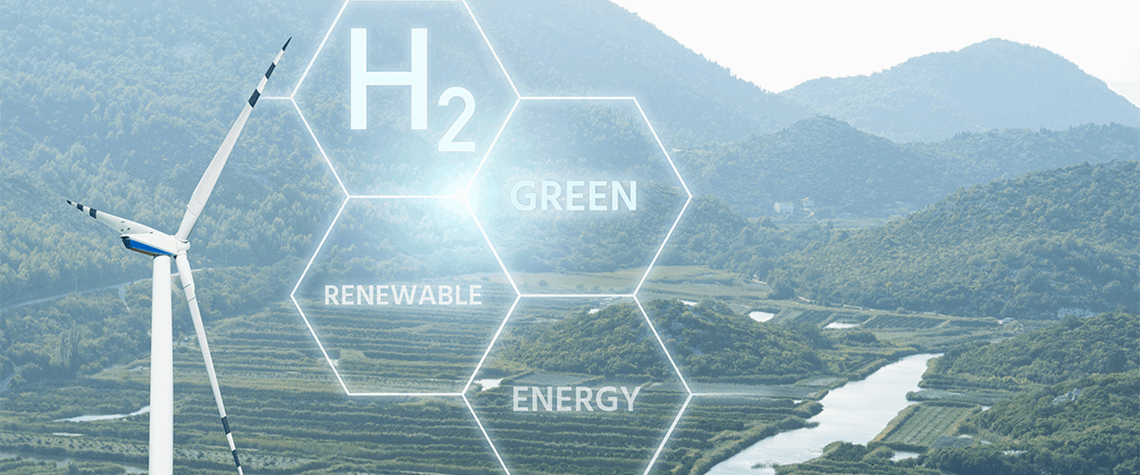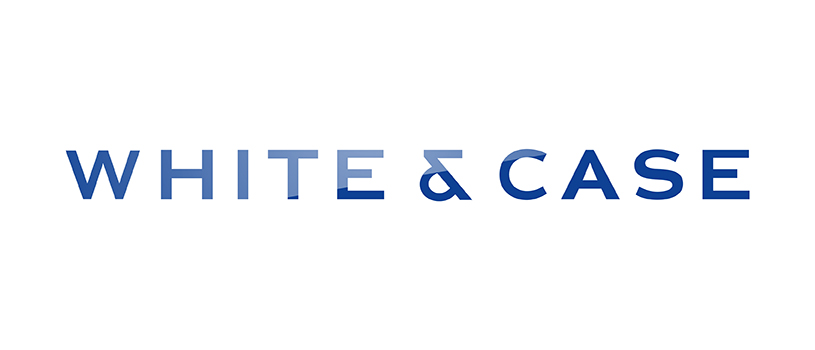Much has been written about the NEOM Green Hydrogen Project since the landmark project reached financial close earlier in 2023. Amid tighter credit lines, increasing construction costs and challenges to supply chains resulting from the exponential demand for key technologies used in hydrogen projects, such as electrolysers, the media and the market have been particularly alive to the replicability of the project, which is the first mega-scale green hydrogen project to be successfully project financed.
Yet the success of the project is a clear indicator of the trajectory of travel and the market’s willingness to invest in a sector that will form the bedrock of the energy transition. And as a first-mover in the sector, the NEOM Green Hydrogen Project faced certain challenges that will be less relevant for other projects that follow suit. One of the key factors behind the project’s bankability was the strength of its sponsors, and the exclusive offtake agreement with Air Products was necessary to give lenders comfort on future revenue streams in an otherwise nascent market.
Going forward, it is arguable whether such a high degree of comfort on the offtake will be necessary. Merchant grey hydrogen is commonly used in refineries, and demand curves continue to show some element of a merchant market for clean hydrogen in the future. This suggests a real possibility for future projects to be banked with a proportion of fixed offtakes and outstanding merchant capacity, shifting some of the risk away from developers.
One thing is clear: the Middle East is poised to continue to lead the way in these mega-scale green hydrogen projects. The region is in prime position to take advantage of the growing clamour among developers to get clean hydrogen projects off the ground, and indeed is forecast to be the world’s largest producer of clean hydrogen by 2030. Clearly one of the key components of a successful green hydrogen project is access to renewable energy in amounts sufficient to power the electrolysis process, which is significant in a mega-scale hydrogen project.
Renewable energy sources are, by their nature, dynamic and one of the bankability issues that developers have faced globally is ensuring the proposed project site has long-term measurement campaigns behind it showing sufficient wind and/or solar resources to ensure load stability of the electrolysers.
The Middle East is one of the few regions in the world with an abundance of complementary solar and wind energy, thus helping to ensure a steady supply state at both day and night and consequently maximising output (and revenue) and these resources are a key factor as to why the Middle East has fared so well in projects announced to date, with planned clean hydrogen capacity more than doubling year-on-year since 2022.
There are other geographical factors that make the region attractive to green hydrogen developers. Firstly, many of the countries enjoying the largest capital inflows, such as the Kingdom of Saudi Arabia, are relatively sparsely populated and have ample land for greenfield construction. This is particularly important for projects featuring captive renewable power generation, which is land intensive.
Secondly, a key focus for the coming years will be to ensure that transportation infrastructure keeps pace with the demand curve for green hydrogen given that cost-competitive green hydrogen hubs will often be located far from demand centres. The Gulf, traditionally a key supply hub for oil and gas, is well-placed in its proximity to the Suez Canal and existing shipping lanes to Europe and Asia to both produce clean hydrogen and ship it to key export markets around the world.
Coupled with this, there is a growing political desire among GCC states to diversify their economies away from their traditional dependence on oil and gas revenues and focus on new engines for growth, such as the energy transition. This is particularly notable in the Kingdom, where the Vision 2030 strategy has transformed all aspects of the economy since its launch in 2016. These states are deploying funds strategically through sovereign wealth funds and state-owned development funds, and green hydrogen is likely to be a big beneficiary moving forward.
Against this backdrop, the NEOM Green Hydrogen Project has led the way as the first large-scale green hydrogen project to achieve financial close. It has established itself as the benchmark for other similar projects moving forward, both in the region and globally, for the foreseeable future. Yet the project’s enduring legacy will perhaps be as a catalyst in unlocking the flood of investment in the green hydrogen sector that is sure to come.
The sponsors’ confidence in the long-term growth of the green hydrogen market was visionary and the project has paved the way for other developers to reach their own final investment decisions. Green hydrogen production at this scale is a landmark moment in the energy transition but no doubt we will see announcements of larger projects in the future.
Alec Johnson and Jake Seal of White & Case LLP were part of the multi-disciplinary team advising NEOM Green Hydrogen Company. Any views expressed in this publication are strictly those of the authors and should not be attributed in any way to White & Case LLP.
This article was published as part of PE Outlook 2024, which is available for subscribers here. Non-subscribers can purchase a copy of the digital edition here.









Comments